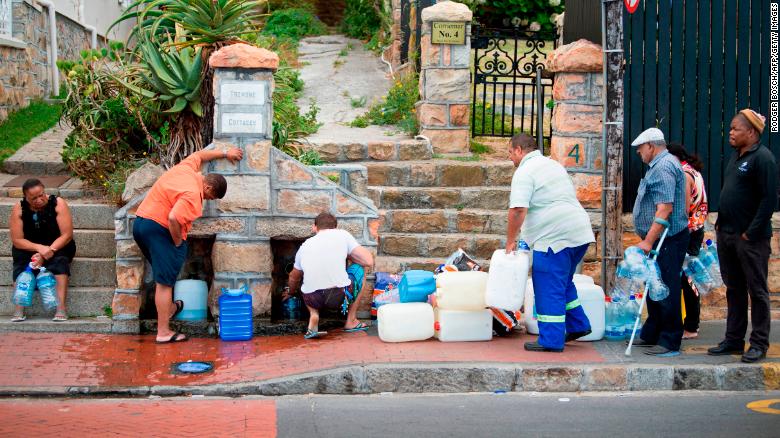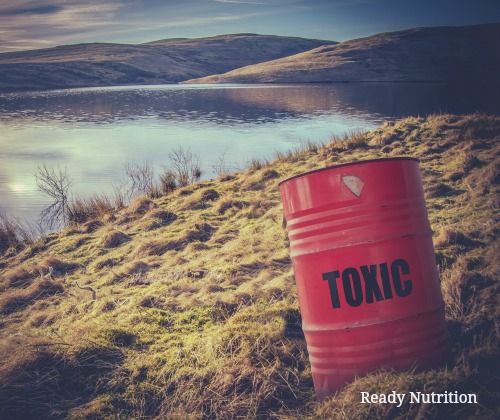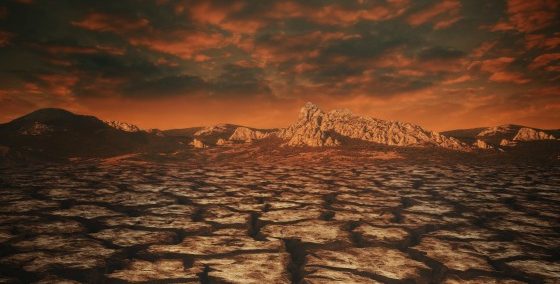Over pumping our aquifers beyond recharge is a dangerous situation and not “sustainable” as Northern California wine makers sell us. Both Sonoma, Napa and Lake counties have been merchandising our water resources beyond recharge for years according to our state. We are on the edge of drought patterns.
Source: University of Arizona
As the climate warms, the dry southern regions of the Western United States will have less groundwater recharge while the northern regions will have more, researchers report.
“Our study asked what will be the effect of climate change on groundwater recharge in the Western US in the near future, 2021-2050, and the far future, 2070-2100,” says first author Rewati Niraula, who worked on the research as part of his doctoral work in the University of Arizona hydrology and atmospheric sciences department.
“…for those places that are already having problems, climate change is going to tighten the screws…”
The new study covers the entire US West, from the High Plains states to the Pacific coast, and provides the first detailed look at how groundwater recharge may change as the climate changes, says senior author Thomas Meixner, professor of hydrology and atmospheric sciences at the University of Arizona.
“For the southern region of the Western US there will be a reduction in groundwater recharge, and in the northern region of the Western US we will have an increase,” says Niraula, now a senior research associate at the Texas Institute of Applied Environmental Research at Tarleton State University.
Groundwater is an important source of freshwater, particularly in the West, and is often used to make up for the lack of surface water during droughts, the authors note. In many areas of the West, groundwater pumping currently exceeds the amount of groundwater recharge.
…click on the above link to read the rest of the article…
















